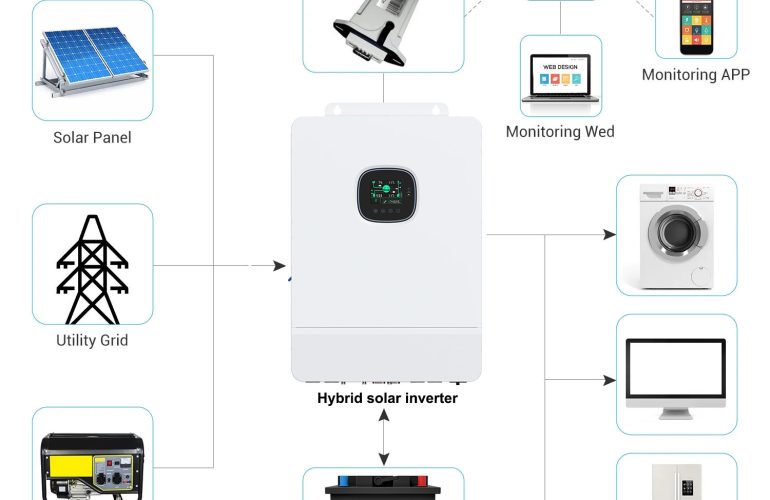
Here’s the professional English translation of the home energy storage system application scenarios, incorporating industry terminology and global case references:
Core Value Proposition
-
Economic Optimization
-
Time-of-Use Arbitrage: Charge during off-peak hours anddischargeduringpeakperiods(e.g.,0.16/kWh), reducing annual electricity costs by 30%-50%15.
-
PV Efficiency Boost: Paired with solar systems, stored daytime solar energy powers nighttime usage, increasing renewable self-consumption to 80%23.
-
Power Reliability Assurance
-
Sub-Second Failover: Seamless transition (<200ms) during grid outages to sustain critical loads (e.g., medical devices, refrigerators)412.
-
Extreme Weather Resilience: Provides 12-48 hours of backup during hurricanes/blizzards-induced blackouts512.
-
Energy Independence & Sustainability
-
Off-Grid Capability: Enables 100% energy self-sufficiency in remote areas56.
-
Carbon Reduction: Cuts household emissions by 1.5+ tons annually (10kWh system benchmark)1314.
Technical Solutions Evolution
|
Use Case
|
Configuration
|
Case Study
|
|
Basic Backup
|
5-10kWh Li-ion + Off-grid inverter
|
Tesla Powerwall in California homes13
|
|
Medical Critical Load
|
Dual-battery redundancy + Auto-generator
|
Sinopower's triple-source system4
|
|
Smart Energy Hub
|
AI algorithms + VPP integration
|
Sunrun users earn $420/year via VPP1314
|
Emerging Integrated Applications
-
EV Synergy
-
Prioritizes solar-charged EV power, slashing charging costs by 80%56.
-
Vehicle-to-Home (V2H): EV batteries supplement home backup capacity14.
-
Disaster-Resilient Communities
-
During Spain’s 2025 blackout, storage-equipped homes formed neighborhood microgrids1112.
-
Texas winter storms: Solar+storage reduced grid dependence for heating by 75%14.
-
Property Value Enhancement
-
Homes with storage systems command 6.9% sales premium and 15% lower insurance1314.
Key Technology Trends
-
Battery Advancements: LFP dominance with costs falling below $16.5/kWh by 202510; Na-ion commercialization accelerates.
-
AI-Driven Optimization: Dynamic load/pricing algorithms improve efficiency by 20%-30%1314.
-
Modular Scalability: Expandable capacity (5→20kWh) accommodates growing demand69.
Data reflects 2025 benchmarks from North American and Chinese markets910.

